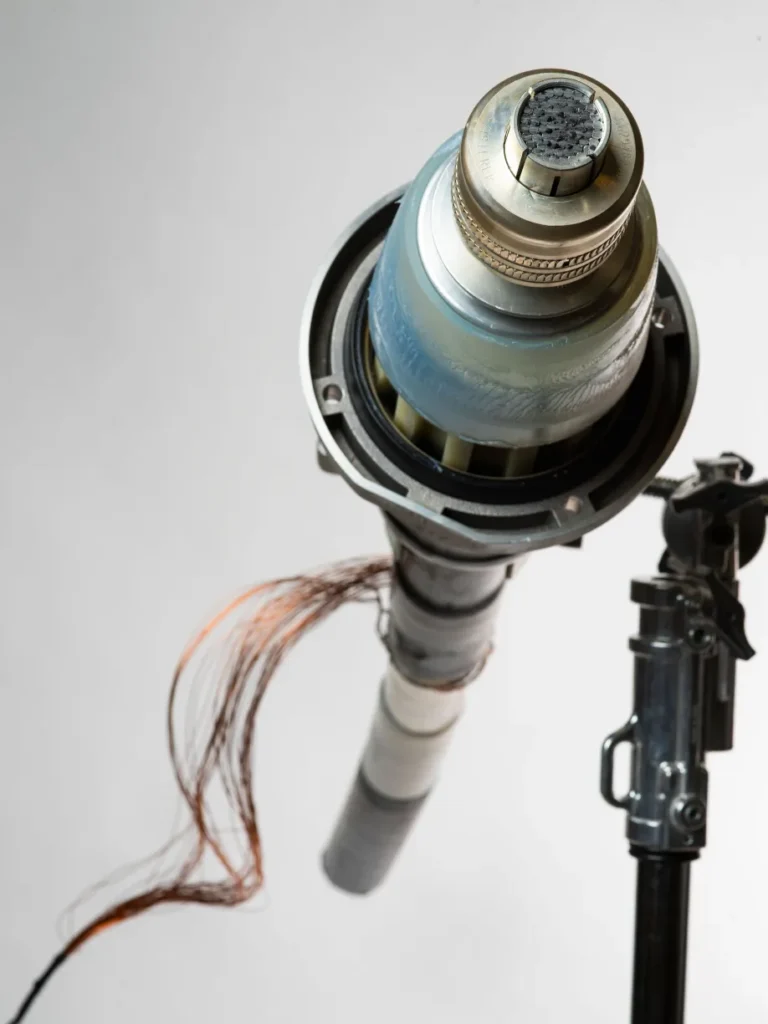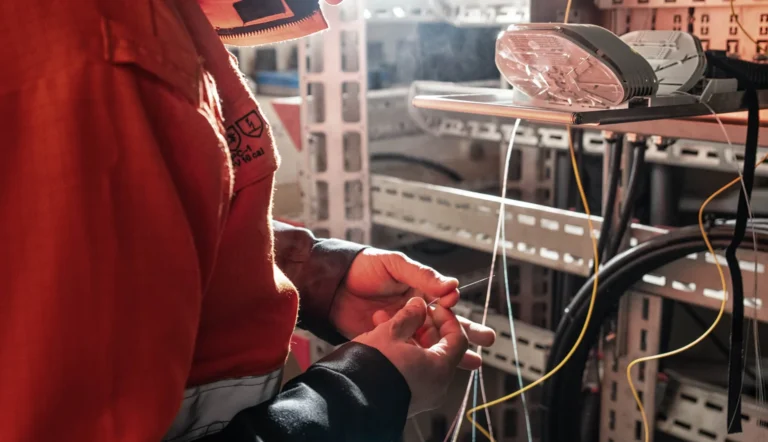Introduction
Offshore wind energy is leading the global transition to renewable energy. By harnessing the power of strong, consistent winds at sea, offshore wind farms generate clean, reliable, and cost-effective electricity. This renewable energy source significantly reduces reliance on fossil fuels and is critical in combating climate change.
The Growth of Offshore Wind Energy
Since the construction of the world’s first offshore wind farm in 1991, offshore wind energy has grown dramatically. With more countries investing in offshore wind projects, the capacity to generate clean energy has expanded, resulting in large-scale offshore wind farms capable of powering millions of homes. Major projects, especially along the coastlines of Europe, the United States, and Asia, have set new benchmarks for renewable energy generation.
How Offshore Wind Turbines Generate Renewable Energy
Offshore wind turbines use the power of wind to generate electricity by applying the principle of electromagnetism. Here’s how the process works:
- Wind Turns the Blades: Large blades capture wind energy, causing them to rotate.
- Rotor and Generator: These blades are connected to a rotor, which spins a shaft inside a generator housed in the turbine’s nacelle. The generator converts kinetic energy into electrical energy using electromagnetic principles.
- Transmission: Electricity is transmitted from the turbine through cables down to the seabed and then carried to the shore via underwater cables, providing power to homes and businesses.
Each rotation of an offshore wind turbine generates enough electricity to power a home for 24 hours. Wind turbines are grouped in clusters to form wind farms, significantly increasing energy output and contributing to the reduction of carbon emissions.
Advantages of Offshore Wind Energy
Offshore wind power offers several advantages over traditional forms of energy production:
- Consistent Energy Generation: Offshore winds are stronger and more reliable than onshore winds, resulting in consistent power generation.
- Zero Carbon Emissions: Once constructed, offshore wind farms produce zero carbon emissions, making them a crucial component in the fight against climate change.
- Scalability: Offshore wind farms can be developed on a massive scale, providing energy for millions of homes and industries.
Technological Advancements Driving Offshore Wind Energy Efficiency
In the early years, constructing and operating offshore wind farms was costly. However, advancements in turbine technology, improvements in construction techniques, and a more efficient supply chain have drastically reduced the cost of offshore wind energy. Today, it’s one of the most affordable and scalable renewable energy solutions.
Modern turbines are more powerful than ever. For example, today’s turbines are nearly 18 times more efficient than those used in early offshore wind projects. This level of innovation has helped make offshore wind energy one of the cheapest forms of electricity generation available.
Global Expansion of Offshore Wind Farms
Countries worldwide are investing in offshore wind energy to meet renewable energy targets. Leading regions such as Europe, North America, and parts of Asia are continuously developing new offshore wind farms to increase energy capacity. These global projects are expected to help reduce the world’s dependence on fossil fuels while contributing to national energy security. With ambitious plans in place, the world is projected to see over 20 gigawatts (GW) of offshore wind capacity by 2030.
Challenges and Future Prospects
While offshore wind energy has made remarkable progress, there are still challenges to address. High initial capital costs, complex installation processes, and potential environmental impacts on marine life remain critical issues. However, ongoing advancements in technology and construction methods are expected to minimize these challenges, making offshore wind even more efficient and environmentally friendly.
As more nations adopt offshore wind energy, this renewable resource will continue to play a key role in reducing carbon footprints and meeting global energy demands.
Conclusion: Offshore Wind Energy’s Role in a Sustainable Future
Offshore wind energy is crucial to the world’s clean energy future. As technology continues to improve and costs decrease, offshore wind will remain one of the most powerful and reliable forms of renewable energy. Its scalability, efficiency, and low environmental impact make it an essential part of the global solution to climate change. As more nations invest in this clean energy resource, offshore wind energy will continue to expand and help power millions of homes with renewable electricity.
FAQs
Q1: What is offshore wind energy?
Offshore wind energy involves generating electricity from wind turbines located at sea. It is a renewable energy source that helps reduce carbon emissions and combat climate change.
Q2: How do offshore wind turbines generate power?
Offshore wind turbines capture wind energy to rotate blades connected to a rotor. This rotor spins a generator, which converts mechanical energy into electricity. The electricity is then transmitted to shore through underwater cables.
Q3: Is offshore wind energy cost-effective?
Yes, thanks to technological advancements and industry growth, offshore wind energy has become one of the cheapest and most reliable ways to generate electricity on a large scale.
Q4: What are the environmental benefits of offshore wind farms?
Offshore wind farms produce zero emissions, helping to reduce carbon footprints. They also have a minimal environmental impact once installed, making them a sustainable energy solution.
Q5: What challenges does offshore wind energy face?
Challenges include high initial costs, complex installation procedures, and potential impacts on marine ecosystems. However, ongoing innovations in technology are helping to address these issues and make offshore wind more efficient.
Reynard uses their own App to track our progress. More information about that here.


